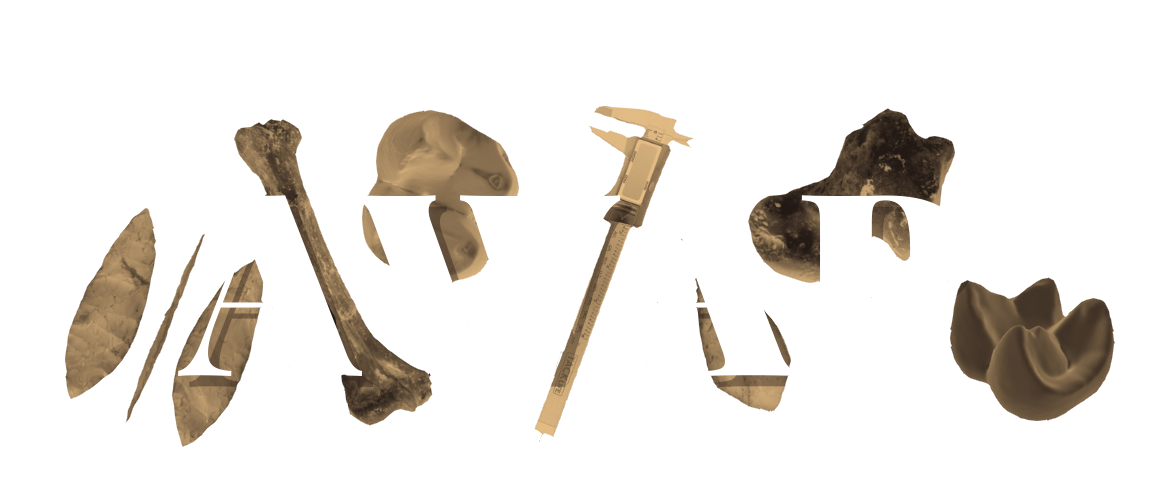The Gender Gap In Science
Why We Need Change
The creation of the VCWAP and the AWAP was driven by a persistent and well-documented reality: while women often achieve higher levels of education than men, they remain underrepresented in the research community, particularly in leadership roles and STEM fields. Globally, women constituted only 31.7% of researchers in 2021, showing slight progress from 30% in 2017 (UNESCO). This representation varies significantly across regions, from 49.6% in Central Asia to just 25.9% in South and Western Asia.
Gender disparities in academia are especially visible in senior positions, where women are less likely to hold roles such as professors or research directors (Lerman et al., 2022; Ross et al., 2022). They also tend to publish fewer scientific articles, file fewer patents, and are underrepresented as reviewers and editors in scientific journals. These gaps are exacerbated by systemic issues such as the “leaky pipeline,” where women leave academic careers at higher rates than men, and biases in tenure, funding, and recognition.
Prestigious awards like the Nobel Prizes further highlight this disparity. Since their inception in 1901, only 25 women have been awarded in scientific categories, with women comprising just 5% of laureates (Lunneman et al., 2019). Persistent biases in credit allocation often favor senior male scientists, as evidenced by cases like Rosalind Franklin’s lack of recognition in the discovery of DNA’s structure. More recently, controversy arose around Rosalind Lee, whose important contributions to the discovery of microRNAs were overlooked when the Nobel Prize in Physiology or Medicine was awarded to her male colleagues. Studies suggest a 96% likelihood of gender bias influencing Nobel outcomes, further compounded by socioeconomic privilege among laureates.
The Covid-19 pandemic has intensified these challenges, disproportionately affecting women researchers by reducing their productivity and widening pre-existing inequalities (Minello, 2020; Viglione, 2020; Squazzoni et al., 2021). Studies have also documented the role of cultural and structural barriers in discouraging young women from pursuing careers in STEM. These include entrenched stereotypes, masculine work environments, limited exposure to STEM subjects in early education, and insufficient role models.
Despite these challenges, progress is possible. Data collection by UNESCO and other organizations underscores the importance of evidence-based policies to address gender inequities. Inclusive practices, such as redesigning work environments, providing mentorship, and promoting women’s visibility in science, are key for fostering diverse talent.
In the fields of archaeology and paleontology, gender inequalities are similarly pervasive. Women have made significant contributions to advancing these disciplines, yet their achievements have often been minimized or overlooked. Gender stereotypes, self-censorship, and the invisibilization or minimization of women scientists’ contributions to research (the “Matilda Effect”) continue to undermine equity in academia.
VCWAP and AWAP were established to address these issues directly. Beyond providing a platform to promote the work of cis and trans women archaeologists and paleontologists, particularly those without permanent positions, these initiatives aim to create networks of mutual support and inspire future generations. By highlighting the achievements of women scientists and advocating for structural changes in academia, we contribute to building a research community that values and reflects gender equity.
Closing gender gaps in research and academia is not just a matter of fairness, but a crucial step toward unleashing the full potential of the global talent pool. By addressing biases, redesigning inclusive environments, and implementing intersectional policies, we can create a more equitable scientific community that better reflects and serves our diverse world.
Sources
Cheryan et al., 2024: https://doi.org/10.1038/s44159-024-00380-3
Lerman et al., 2022: https://doi.org/10.1073/pnas.2206070119
Lunneman et al., 2019: https://doi.org/10.1057/s41599-019-0256-3
Minello, 2020: https://doi.org/10.1038/d41586-020-01135-9
Oza, 2024: https://www.statnews.com/2024/10/11/nobel-prizes-2024-gender-bias-science/
Palincaş and Martins, 2024: https://doi.org/10.1007/978-3-031-52155-3_1
Ross et al., 2022: https://doi.org/10.1038/s41586-022-04966-w
Squazzoni et al., 2021: https://doi.org/10.1371/journal.pone.0257919
UNESCO Report (February 2024): https://unesdoc.unesco.org/ark:/48223/pf0000388805
Viglione, 2020: https://doi.org/10.1038/d41586-020-01294-9
